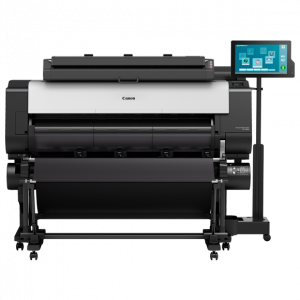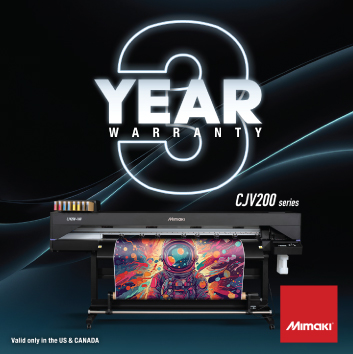Wide-format Graphics: Digital printing trends and technologies in the sign industry
Interior and exterior wayfinding signs
Similarly, digital printing has become a dominant technology in the production of wayfinding signs, ranging from temporary posters to embedded graphics in laminates, fibreglass and enamels. Screenprinting is still a cost-effective, high-quality option for producing large numbers of similar signs, but direct-to-substrate printing has done much catching up, addressing such challenges as tactility for accessibility signs and the need to update directories frequently.
Except for the very simplest of interior signs, this field requires a significant degree of fabrication skill to achieve high quality and efficiency. One exciting new area is the combination of digital printing with modular production, which will expand shops’ ability to produce unique sign systems. Numerous composite materials are being developed to optimize direct- to-substrate printing in this context, including wood, aluminum and plastic-based options.
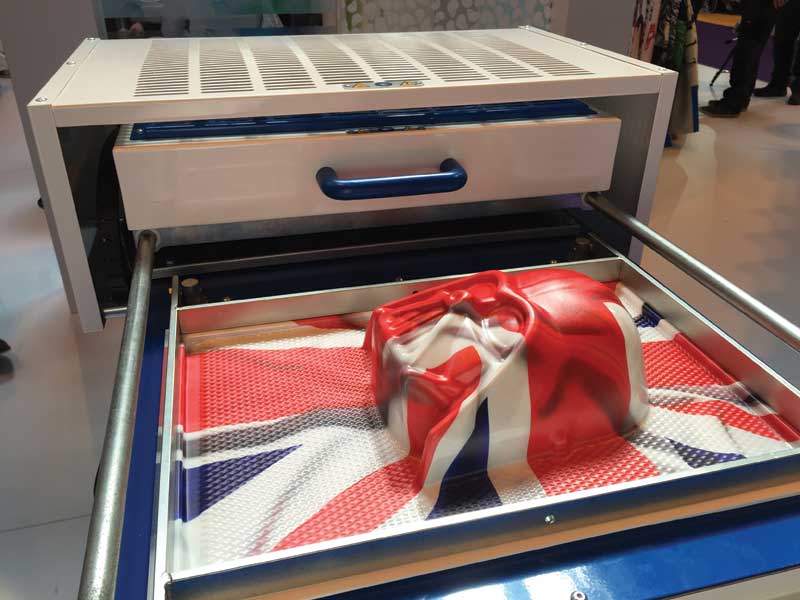
The complexity of projects like accessibility signage will continue to limit the number of competitors in this market, but will also force those involved to ensure they are highly flexible in terms of the jobs they can take on. Software, for example, may be difficult to resolve, since few programs can combine computer-aided design (CAD) documentation with routing and vinyl cutting.
“As an environmental graphic design (EGD) professional, I have made it my business to know as many different types of processes as possible, from vinyl to embedded inks,” says Peter Scherer, president of H Plus. “The technology keeps changing and we need to work hard to stay on top of it. I think porcelain enamel is the gold standard, as we have projects that are still out there 20 years later, but powdercoated graphics are making a strong run and could be the ‘bridge’ between temporary materials and expensive signs. Screenprinting will stick around for repetitive signs, but does not make sense when there are a lot of unique elements.”
“We consult extensively with paint, ink and material suppliers about what is possible,” says Seth Davis, president of Urban Sign. “That’s what separates sign fabricators from most large-format printing companies.”
Material flexibility
Indeed, one of the largest areas of experimentation in digital printing has been in applying new materials to different environments. Direct-to-substrate printing has opened extensive use of diverse materials, from wood to metal, and
the combination of printing with engraving, cutting and moulding has created many different lenticular, layered and dimensional effects. Graphic durability has been extended through the addition of new topcoats, clearcoats and embossing.
The ability to print on just about any material opens up endless possibilities. Sign companies that experiment extensively are developing new approaches and creating new applications.
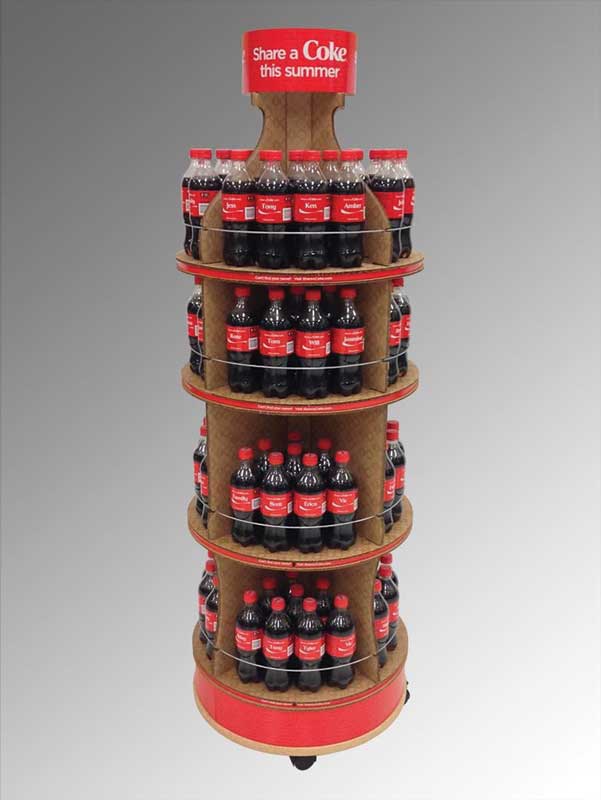
Building awareness may be the largest challenge. Not only are there few places to find best practices, but a lack of understanding in the design community may also prevent many prospective ideas from being applied.
“Both sign fabricators and material manufacturers have to get much more aggressive in introducing their new approaches,” says Kevin Rourke, national accounts manager for Davis Marketing Associates (DMA). “The biggest issue preventing these innovations from finding practical use is lack of education.”
“Much of our work is coming from generic substrates, like plastic and foam boards, which are both dropping in price and improving in quality,” says Robert Lee, president of Unicorn Graphics, “but the more exotic materials are what’s really exciting. We have built an extensive library through crazy inquiries and experimentation. To stay on top of the industry, we will try anything!”
Temporary and permanent graphics
The ability to balance the temporary and permanent requirements of signs has become particularly difficult with the dramatic changes seen in printing technologies over a relatively short period.
Most temporary graphics might only be needed for a few weeks, but they are more often in place for six months to a year. There are considerable differences between the durability of various inks and materials. And seemingly small decisions, such as installing graphics on certain windows, can yield enormous changes in longevity.
From one to five years, the environment will start taking a toll on durable materials. Many manufacturers offer five-year warranties, but as mentioned, these are often voided by specific conditions, such as pollution or exposure to sunlight. This is where the use of additional coatings and laminates can play a major role in longevity.
Finally, after five years, even the most durable wide-format graphics begin to break down. Embedded or sublimated graphics are built to withstand prolonged outdoor use, but they still require careful preparation and placement if they are to survive in difficult environments.
Many large-format printing companies do not specialize in long-term durability, so there is an opportunity for sign companies that can mix and match products based on particular needs, keep a wide variety of options in-house and have strong relationships with outside vendors.
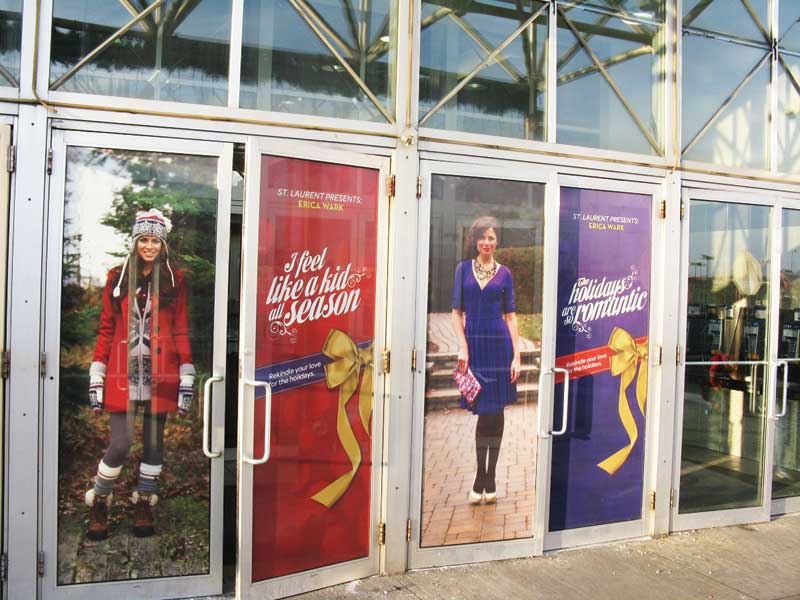
“People often assume the continued viability of an established technology is threatened by new materials, but we are busier than ever and our growth is driven by new uses for our material,” says Bryan Stockdale, president of porcelain enamel supplier Winsor Fireform. “The architectural market has required us to expand our capacity to handle much larger sizes and shapes. Fabricators are coming savvier about durability and we are finding a place in the mix.”
“Powdercoated graphics have been around for a long time, but only in the last few years has the process become one of a handful of approaches that dominate the sign market,” says Eric Koslow, vice-president (VP) of development for Direct Embed. “We dedicate considerable resources to educating the community and that is where we are seeing the largest success in return.”

